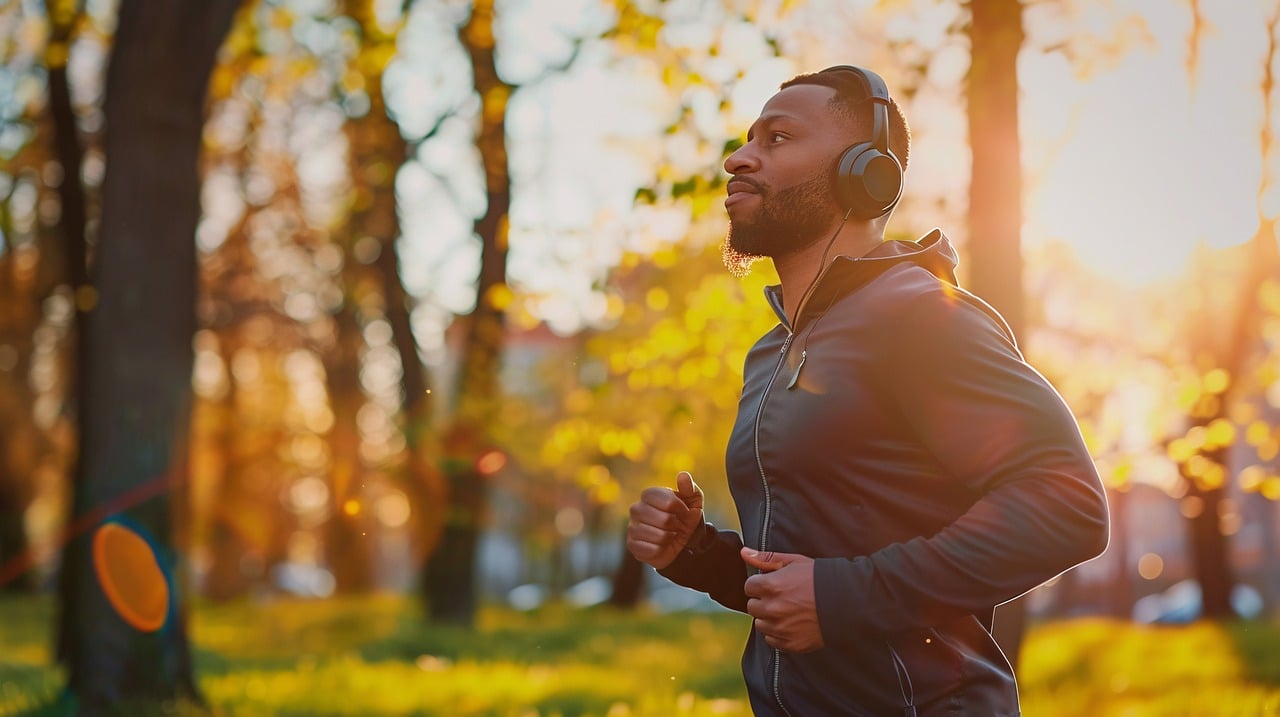
In the quest for maximizing workout performance, athletes and fitness enthusiasts often explore various strategies, from adjusting their nutrition to fine-tuning their exercise routines. But what if the key to unlocking your full fitness potential lies not in the weights you lift or the miles you run but in the frequencies you listen to?
Enter sound therapy, a strategy that is quickly gaining traction in the fitness community. Promising to enhance sports performance and optimize workouts, sound frequency therapy is generating buzz as a game-changer in the realm of working out. Among the pioneers in this industry is the Soaak app, which claims that just a few minutes of exposure to its Exercise Enhancement Sound Frequency Therapy module can turbocharge your gym sessions.
The science behind sound therapy for workouts
Sound therapy has been said to optimize workout performance through its effects on the mind and the body. Research suggests that specific frequencies can influence brainwave activity, promoting states of focus, relaxation, or energized alertness, all of which are conducive to exercise.
By listening to sound frequencies that are explicitly tailored to enhance workouts and athletic performance, individuals may experience increased motivation, improved concentration, and boosted energy during their training sessions. Sound therapy is also believed to stimulate the release of dopamine and serotonin, which can help to regulate mood and motivation. The combined impact on cognitive and physiological functions suggests that incorporating sound therapy into your pre-workout routine could prepare the body for the best performance possible.
Using the Soaak mobile app before a workout

To make the benefits of sound therapy more accessible to the public, the Soaak mobile app is available to download on iOS, Google Play, and even Alexa. The science behind Soaak is based on a combination of different sound frequency therapy studies combined with over 80,000 in-clinic hours. With 30 unique sound frequency compositions, the Soaak mobile app promises to give you a boost before your workout. Soaak’s Exercise Enhancement Sound Frequency is said to:
- Help increase sports performance.
- Support cardiovascular health
- Increase oxygenation
- Increase aerobic capacity, muscle mass, and post-workout recovery
My experience with sound therapy
To put sound therapy to the test, I downloaded the Soaak app to use before my latest run. The app itself is incredibly minimalistic and organized, making it very easy to navigate. Within the app, you’ll find several different features, such as sound frequencies, daily affirmations, and a virtual health concierge. The app can also pair with most fitness trackers to provide you with health biometrics.
Before my run, I listened to Soaak’s Exercise Enhancement Sound Frequency for five minutes. The frequency can be played over the music you are already listening to, but I opted to listen to it on its own to get the full effect. I expected a very calming sound, but the frequency was actually a little fast-paced, which ultimately does make sense for a workout. After listening to the sound for a full five minutes in a walk, I began my run.
While I acknowledge that several factors contribute to a successful workout, I found the sound frequency to be quite useful for my workout. I felt very energized and motivated throughout my run, which isn’t always the case. I believe that the app may also help you to get into the right headspace for your workout, allowing you to enjoy distraction-free exercise. While the app alone may not guarantee a stellar workout, incorporating it into your routine certainly couldn’t hurt.
Sound frequencies aren’t just for working out

Fitness isn’t the only entity that this app targets. In addition to exercise enhancement, the Soaak mobile app offers additional frequencies such as:
- Whole Body Detox
- Anti-Anxiety & Stress Relief
- Energy/High Vibrations
- Sleep Well For those with sleep issues
- Focus, Memory Support & Mental Clarity
- Mood Boost
- Immune Support
- Allergy Support
- Cardiovascular Health
- Common Cold & Flu
- Digestion Support
- Exercise Enhancement
- Headache & Migraine Support
- Pain Support
- PMS Support
After a free trial, the Soaak mobile app is $29.99 per month.



